Where Time Stands Still: What Makes This Remote Wildlife Refuge Crucial to Our Planet
Picture a chain of islands so remote you can only visit them virtually—yet they teem with a dazzling array of life found nowhere else. The Hawaiian Islands National Wildlife Refuge stretches an astonishing 1,200 miles northwest of O‘ahu, protecting some of the most biologically significant and untouched lands and waters on Earth. Scientists consider it a living laboratory: a platform where seabird colonies crowd every inch of land, ancient traditions endure, and ecosystems have flourished largely as they did hundreds of years ago.
The Hawaiian Islands National Wildlife Refuge stands as a bastion for the endangered and the extraordinary. These far-flung reefs and islets support not just millions of seabirds, but also rare and endemic species whose survival tells us volumes about the health of our planet. Yet, few people understand what happens in this vast expanse, or the critical role it plays in conserving cultural heritage and safeguarding genetic diversity for the world. This article uncovers why these isolated islands matter and how their protection could hold lessons for the fate of wildlife everywhere. By exploring the refuge’s origins, mission, and current challenges, readers will discover how a sanctuary built to save seabirds became a linchpin in global conservation.
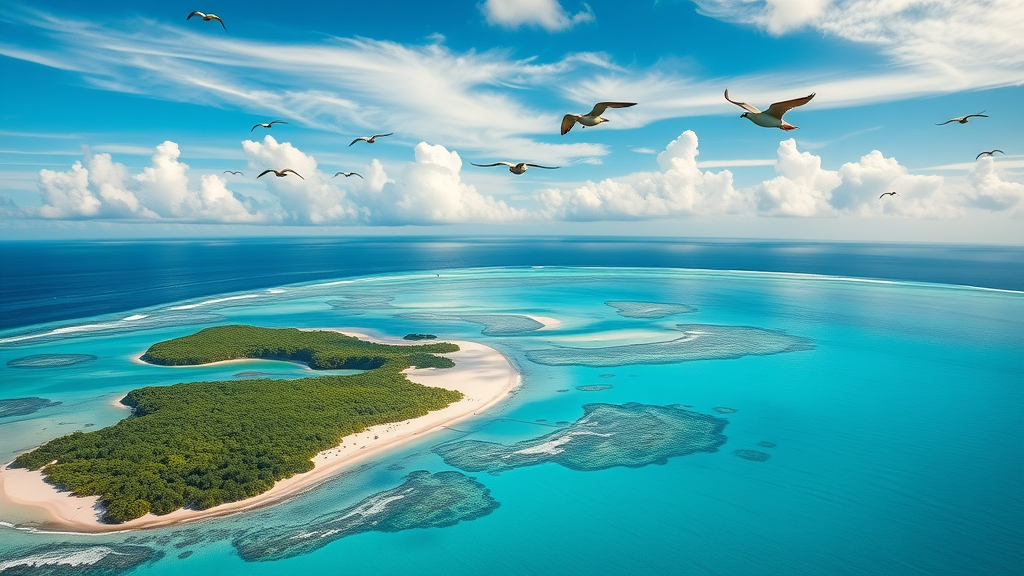
Biodiversity Beyond Imagination: Unpacking the Importance of the Hawaiian Islands National Wildlife Refuge
The Hawaiian Islands National Wildlife Refuge is more than just an isolated outpost; it is a unique ecosystem with global ecological, scientific, and cultural importance. Established over a century ago, its original mission was to put an end to the massive slaughter of seabirds sought for feathers and eggs. Today, these islands are described as having "Alaskan sized resources on a mere 245,000 acres," and the significance does not stop at size. The refuge provides key nesting and breeding grounds for millions of rare birds, including some that have no other home on Earth, making it a linchpin in global biodiversity preservation.
It’s easy to overlook places we cannot readily visit. Yet, without dedicated protection, the ecological treasures here—like endemic Hawaiian monk seals, green sea turtles, and a tapestry of seabird species—would be at risk, echoing global concerns over wildlife loss and environmental degradation. Throughout the refuge, every square inch above and below the water is a hub for wildlife activity, with staff working continuously on restoration and monitoring. The absence of public access is not a barrier to discovery; instead, it’s an invitation to learn from the rare opportunities and challenges faced by conservationists operating at the far edge of civilization.
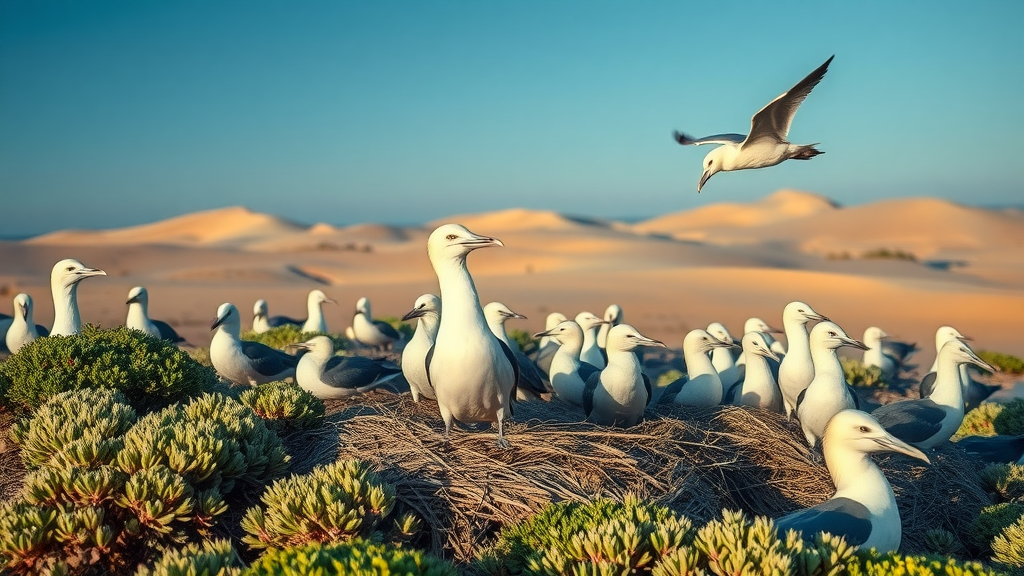
How America’s Most Remote Refuge Fuels Conservation and Global Discovery
Hawaiian Islands National Wildlife Refuge represents a safe harbor for 22 different seabird species and a mosaic of native plants, birds, and marine life. Unlike more accessible protected areas, the remoteness of this refuge drastically limits human disturbance—making it a near-pristine ecological benchmark for the world. The habitat here supports critical life cycles for millions of birds, such as nunulu (bonin petrels), shearwaters, albatross, and the regionally unique 'Iwa (frigatebirds). Green sea turtles and the critically endangered Hawaiian monk seal rely on its shores for birth and survival, while carefully crafted management plans protect these delicate relationships.
The benefits ripple far beyond the islands: scientists use data from this refuge to track Pacific bird populations, gauge the success of sea turtle nesting, and understand the impacts of climate change in real-time. Management strategies have included both traditional stewardship and cutting-edge research—from removing tons of marine debris to fending off invasive species. The result is a rare stronghold where nature’s processes unfold mostly undisturbed, providing vital insights to guide worldwide conservation efforts and remind us why protecting such sanctuaries is a shared global responsibility.
From Imperial Origins to UNESCO World Heritage: A Refuge with a Legacy
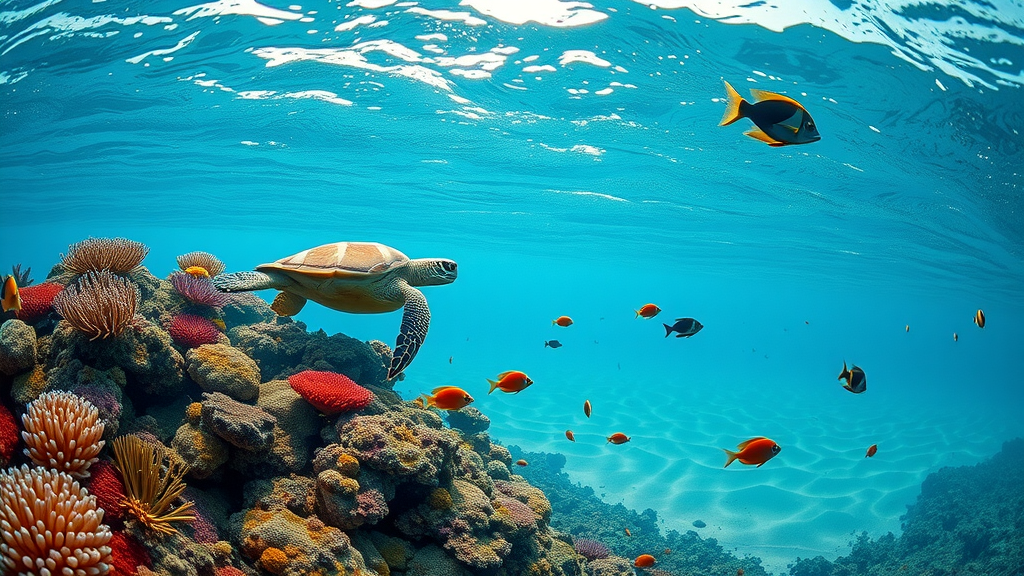
The history of the Hawaiian Islands National Wildlife Refuge reveals America’s changing relationship with the Pacific and its wildlife. Created in 1909 by President Teddy Roosevelt, the reservation was a first-of-its-kind effort, responding to catastrophic losses of birds whose feathers were coveted internationally. Over time, the refuge expanded—eventually forming the backbone of the Papahānaumokuākea Marine National Monument. In 2010, its unmatched biodiversity and cultural value earned it designation as the United States’ only “mixed” UNESCO World Heritage Site.
Today, Papahānaumokuākea protects an expanse nearly the size of the Gulf of Mexico and is managed by a cooperative network of federal, state, and indigenous Hawaiian partners. Its mission now includes safeguarding not just wild species but also the cultural and historic legacies embedded in the land and sea. This recognition affirms the refuge’s global significance—a testament to how remote islands can become epicenters of heritage, science, and international cooperation.
Stewardship and Science: How Research Propels Progress in Island Conservation
Every project at the refuge is geared toward maintaining or restoring nature’s balance. Refuge staff apply decades of subtropical wildlife management experience: tracking reproductive rates of seabirds, supporting healthy populations of endangered species such as the Laysan duck and Nihoa finch, and laboring to prevent non-native species from overwhelming native habitats. These strategic actions ensure that fragile species and their genetic legacies survive for the future.
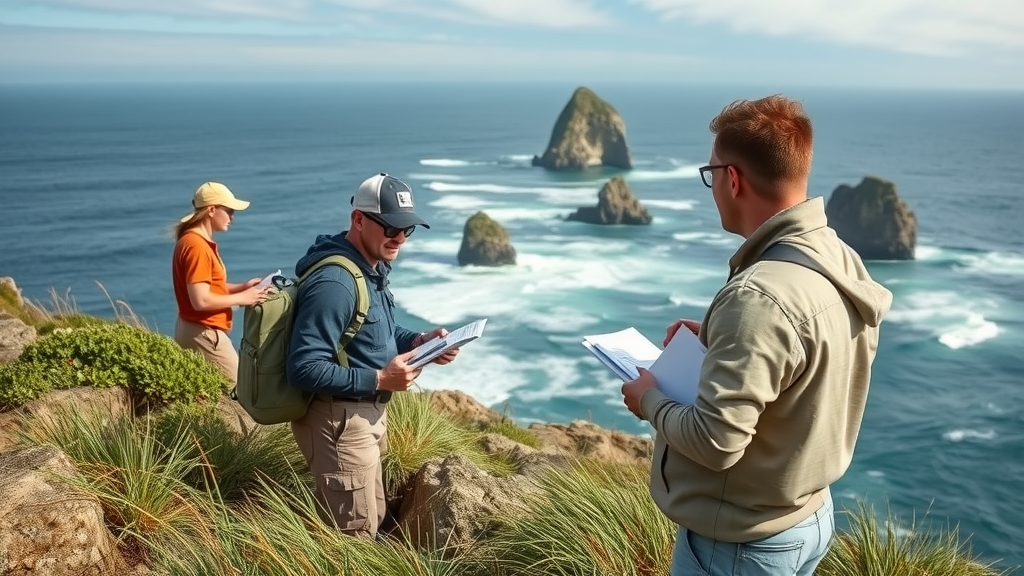
Unlike many conservation efforts, much of this work happens in isolation, guided by scientific master plans and ongoing assessment rather than visitor feedback or tourism economics. Years of research underpin decisions—such as the continual removal of marine debris and protection of cliffside and shrubland nesting sites—showcasing how thoughtful, patient stewardship unfolds in one of the world’s most challenging field environments. With plans to revive volunteer field camps, the refuge also encourages community participation in building the capacity for future conservation action.
Exploring Virtually: Bringing the Refuge Home While Keeping Ecosystems Intact
Recognizing the value of the place and the limitations imposed by its remoteness, the refuge offers opportunities for discovery from afar. Virtual experiences and educational workbooks, like the Papahānaumokuākea Junior Biologist Workbook, bring the magic and science of these islands into classrooms and homes. These resources help people of all ages connect with ornithology, marine biology, and the nuanced work of protecting unique habitats.
These programs bridge the gap, allowing a global audience to appreciate the intricate web of life that exists where few people will ever set foot. By translating fieldwork and ecological knowledge for students and aspiring conservationists, the refuge amplifies its impact—turning the challenge of limited access into a catalyst for worldwide education and stewardship.
The Refuge’s Conservation Ethic: A Philosophy Grounded in Protection, Partnership, and Global Responsibility
Managed by the U.S. Fish and Wildlife Service and protected as part of a broader marine monument, the Hawaiian Islands National Wildlife Refuge operates according to a deep conservation ethic. This approach is evident in every facet of the refuge’s mission: from monitoring the well-being of millions of seabirds to preserving rare native plant species and minimizing human impact on delicate ecosystems. Strategies come from decades of research and close collaboration with entities such as the National Oceanic and Atmospheric Administration (NOAA), state, territorial, and indigenous partners.
Underlying this philosophy is the recognition that conservation is both a science and a cultural responsibility. By identifying foundational management goals—protecting nesting grounds, restoring natural diversity, and encouraging future leaders through education—the refuge serves as a role model for large-scale ecosystem management and co-management with native communities. Its continued work inspires other protected areas to blend environmental, scientific, and traditional knowledge for the benefit of both nature and people.
Words from the Remote Frontier: One Visitor’s Impression
Experiences, even those conveyed in a few words, shed light on the intangible aspects of the Hawaiian Islands National Wildlife Refuge. A visitor offers a simple yet telling observation that reflects both the unique setting and its limitations:
Great place but the Internet is slow
—mike k
In this candid remark, the remoteness of the refuge comes through: while physical connection is limited in many ways, the value lies in the vast natural connections the refuge supports. Those who engage with the refuge—onsite or remotely—find not just slow digital speeds, but a different pace of life altogether, where nature’s rhythms continue as they have for millennia. Taking the step to learn more, explore virtually, or even aspire toward future volunteer opportunities opens up access to one of the planet’s last wild frontiers.
What the Hawaiian Islands National Wildlife Refuge Teaches About Global Conservation
The Hawaiian Islands National Wildlife Refuge is more than an isolated series of dots in the Pacific; it is a testament to what careful stewardship and visionary planning can achieve. By maintaining genetic diversity and supporting endangered species, it has set a global standard for how even the most remote places play a part in the broader story of planetary health. The work happening here, shaped by expert conservationists and guided by master plans, continues to nurture the rarest birds, restore fragile habitats, and connect people worldwide to the wonders of nature.
In seeing what is possible at the refuge, conservationists and nature lovers alike are reminded that saving the world’s wildest places is a challenge worth accepting. The Hawaiian Islands National Wildlife Refuge is an enduring symbol of hope and a beacon for creative, science-based wildlife protection—proof that silent sanctuaries can have a resounding impact on the future of biodiversity.
Contact the Experts at Hawaiian Islands National Wildlife Refuge
If you’d like to learn more about how the Hawaiian Islands National Wildlife Refuge could benefit your education, conservation efforts, or curiosity about rare species, contact the team at Hawaiian Islands National Wildlife Refuge.
📍 Address: Northwest Hawaiian Islands, USA
📞 Phone: +1 808-792-9540
🌐 Website: http://www.fws.gov/refuge/Hawaiian_Islands/
Location and Hours for Hawaiian Islands National Wildlife Refuge
🕒 Hours of Operation:
📅 Monday: 1:00 – 11:55 PM
📅 Tuesday: 1:00 – 11:55 PM
📅 Wednesday: 1:00 – 11:55 PM
📅 Thursday: 1:00 – 11:55 PM
📅 Friday: 1:00 – 11:55 PM
📅 Saturday: 1:00 – 11:55 PM
📅 Sunday: 1:00 – 11:55 PM
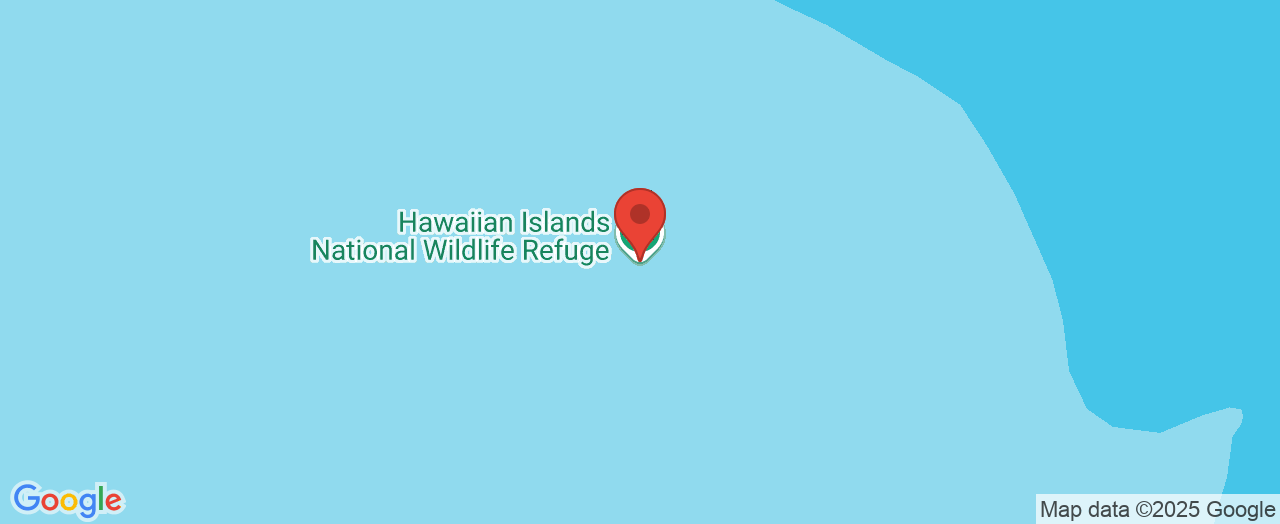
 Add Row
Add Row  Add
Add 





Write A Comment